This year marks the 40th anniversary of the invention of a nearly forgotten device, which later became the first personal computer. Surprisingly, the events described in the article did not take place in California at all.
The era of x86 PCs is usually counted from 1972, when Intel Corp. developed the 8008 chip, the 8-bit successor to the 4-bit 4004. The latter was created a year earlier and went down in history as the world's first microprocessor.
But in reality, the story is a little more complicated and interesting. Firstly, the x86 "biography" began 4 years earlier, back in 1968. Its founder is the now almost forgotten engineer Austin Roche from San Antonio. He was burning with the idea of creating a personal computer.
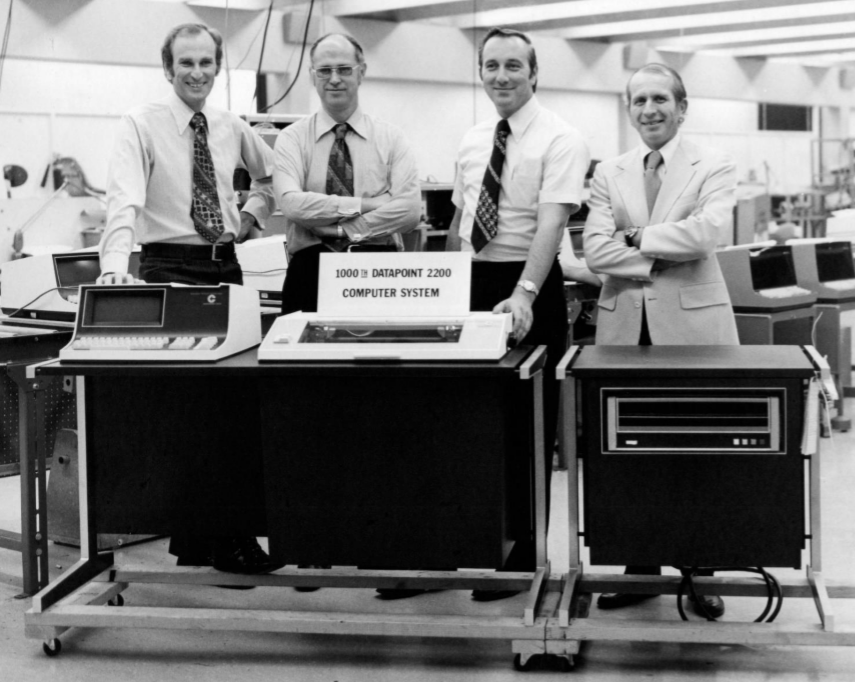
CTC founders
Secondly, Intel was very reluctant to start manufacturing processors, and 8008 is not a direct descendant of 4004 at all. These were two completely different projects.
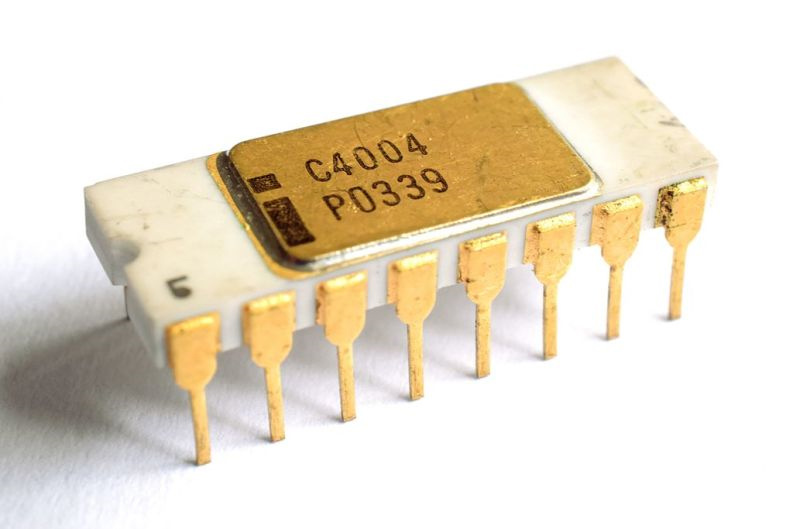
Intel 4004
We spoke with industrial designer John "Jack" Frassanito, head of John Frassanito & Associates Inc. When Austin Roche sketched the first blueprints of his computer directly onto the tablecloths of the San Antonio club, Frassanito was amazed. It was 1968. John was then the account manager for legendary designer Raymond Lowy (who, among other things, invented the bottle of Coca-Cola and Studebaker Avanti).
Frassanito was invited to Computer Terminal Corp. (CTC) to help develop the company's first product. The plan was to create an electronic replacement for the Teletype Model 33. CTC had just opened then, and its founders were NASA engineers Phil Ray and Austin Roche.
Upon arrival in San Antonio, Frassanito was surprised to learn that the teletype project was just a "legend" to get money from investors to create a personal computer.
Secret agenda
“When writing the business plan, they decided to avoid the term 'personal computer' because the bankers had no idea what it was,” Frassanito recalls. “So their first product was based on an existing device. But the idea was to create the first personal computer company. "
They built the Datapoint 3300 terminal. This gave CTC the status of a going concern, and it was possible to embark on the "real" project that Roche was literally obsessed with. Frassanito recalls how they spent hours arguing about how a personal computer should look and work. Roche had a habit of using metaphors from classics such as Machiavelli's The Sovereign, which forced Frassanito to read them.
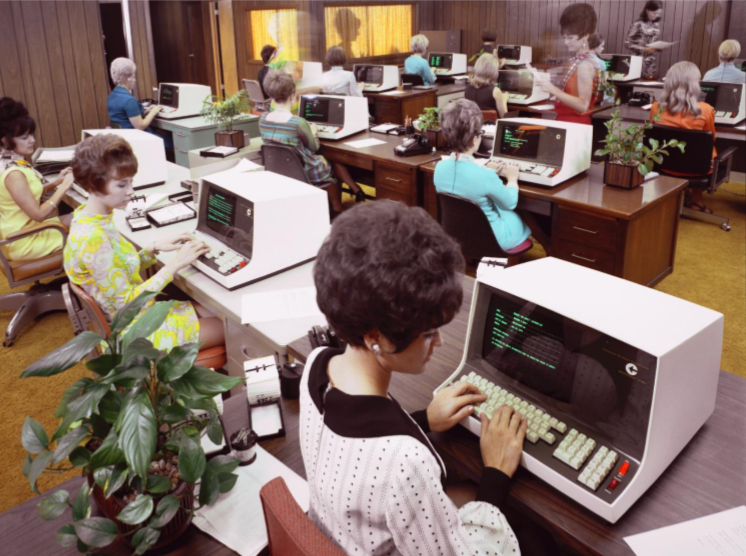
Datapoint 3300 terminal in natural habitat
To prevent the market from being intimidated by the appearance of a new machine, CTC advertised it under the guise of a device that will replace the IBM 029 punched card. Even the display of their PC has been reduced in half to resemble an ordinary IBM punched card. To make the machine seem familiar to even a simple office worker, its font mimicked the imprints of an IBM Selectric typewriter.
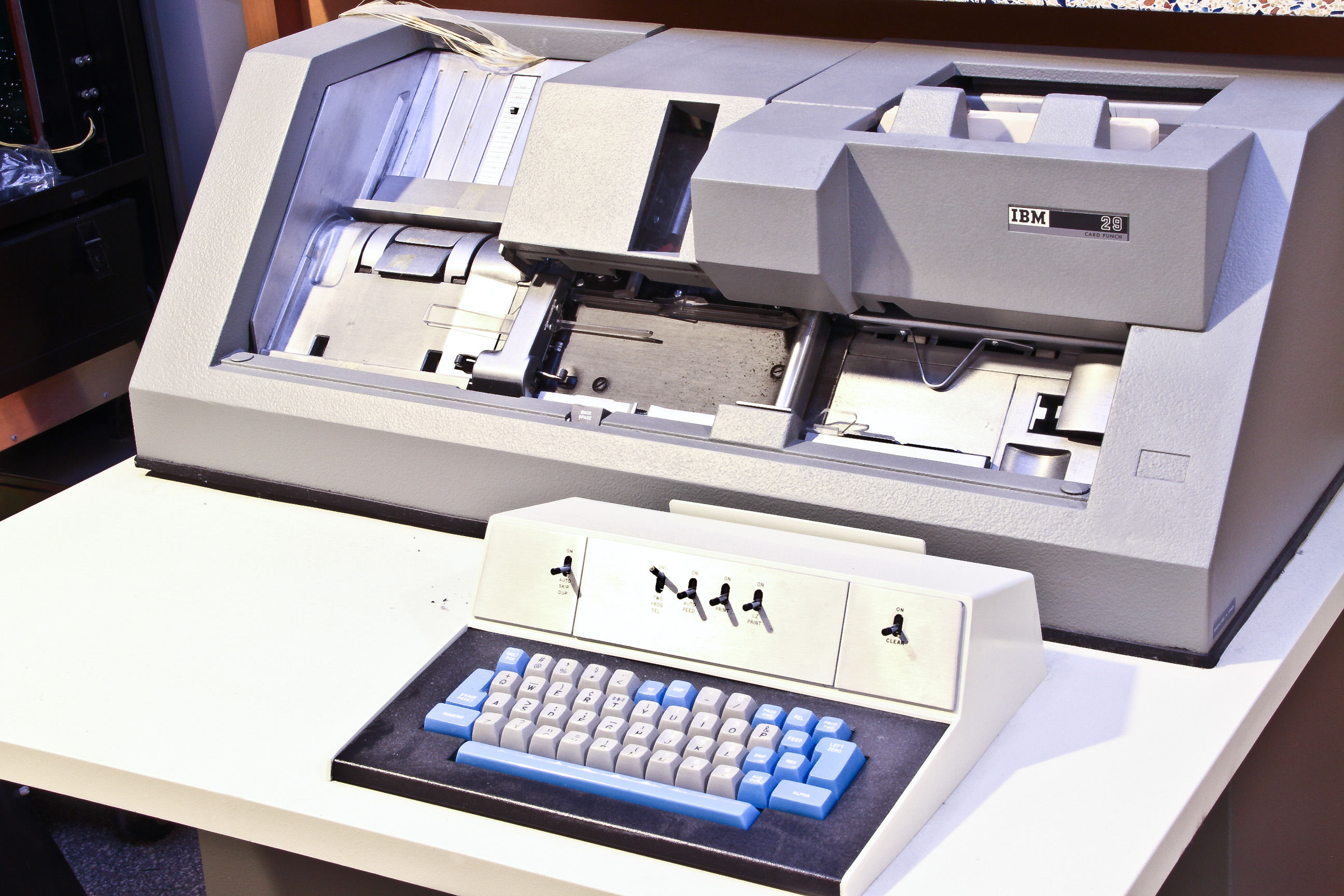
IBM 029
However, the prototype computer case suffered from overheating. In the late 1969 and early 1970s, CTC engineers studied ways to reduce the number of components. One idea was to place the CPU board inside a small chip.
Intel appears on the scene
In 1970, Frassanito accompanied Roche to a meeting with Intel chief Bob Noyce. They tried to persuade Intel, then a very young memory chip company, to create processor chips. Roche invited Noyce to develop the revolutionary chip at his own expense, and then supply it to everyone, including CTC.
« , Intel . », — . « : , . ». , $50000.
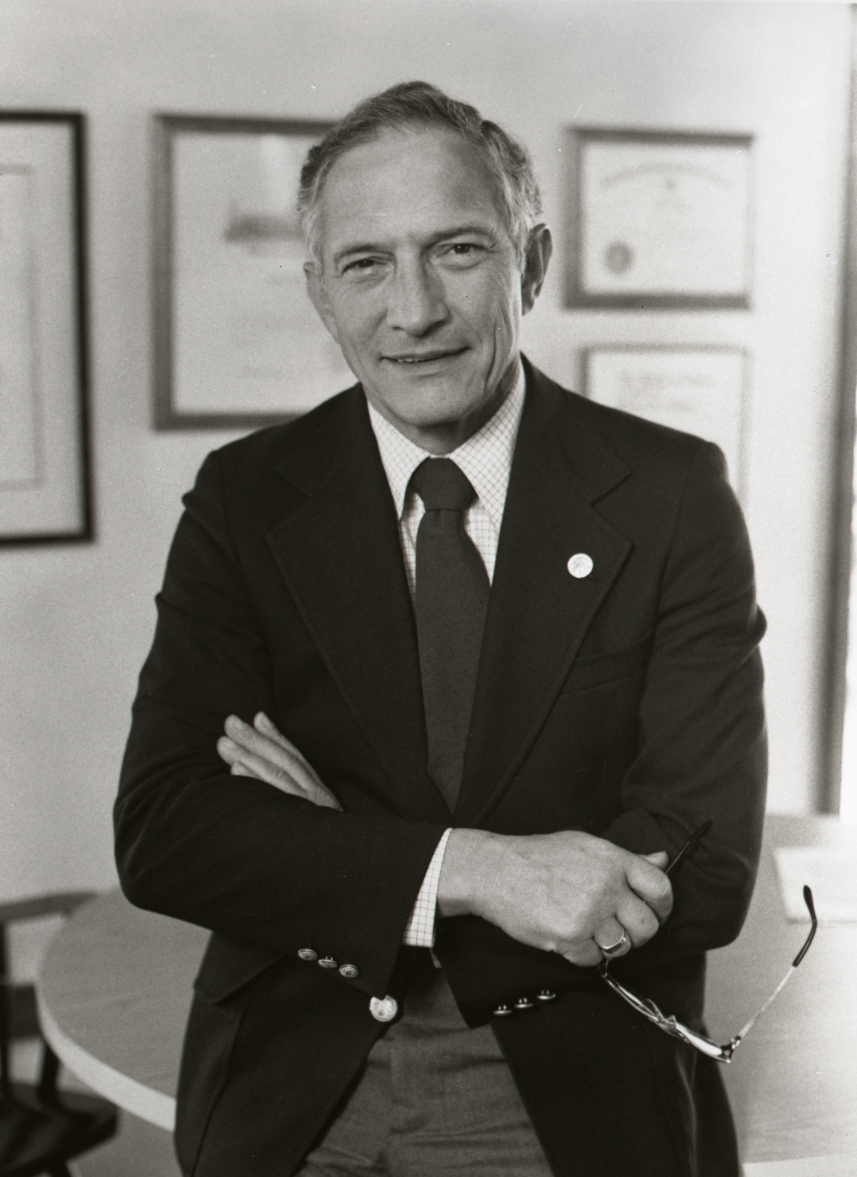
Robert Noyce, Intel
Co- founder Frassanito's memories are corroborated by a transcript of a group interview that took place in September 2006 at the Computer History Museum. It was attended by six people who were involved in the development or promotion of the first Intel processor chips: Federico Faggin, Hal Feeney, Ed Gelbach, Ted Hoff, Stan Mazor and Hank Smith. Intel executives did not want computer manufacturers to consider them competitors. Intel's own processor could lead to the loss of many contracts.
According to them, this fear persisted until 1973. Work on a chip for CTC, called the 1201, was completely frozen in the summer of 1970 after CTC opted for a TTL CPU board.
At Intel, no one was particularly surprised by this decision. The CTC processor architecture "could take up to 16,000 bytes of memory, and if you already spend a lot of money on memory, then there is no point in saving plus or minus $ 50 on the processor by moving it out of TTL . " By 1972, the cost of memory had dropped slightly, 16 KB at that time cost about $ 1,280 (about $ 6,700 in modern money).
Debut 2200
The TTL-based CTC desktop personal computer, dubbed the Datapoint 2200, was unveiled to the public in 1970. It used cassettes as a storage device. They fit up to 130 KB of data. Another 8 KB were allocated for internal memory. The first PC buyer on May 25, 1970 was General Mills. In total, they purchased 40 devices.
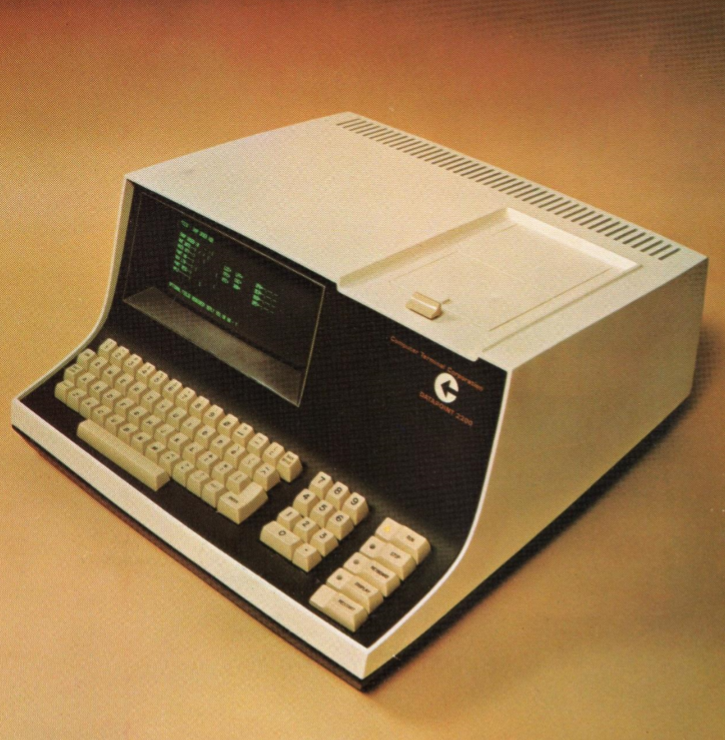
Datapoint 2200
In the best traditions of the IBM marketing model, machines were rented out: $ 168 a month for a machine with 8KB of memory and $ 148 for a 2KB. The modems were sold separately and cost $ 30 a month. There was no RAM, so the device used MOS recirculating memory for internal memory.
Aaron Goldberg, who worked at IDC in the 1970s and is now vice president of Ziff Davis Media Market Experts, refers to the Datapoint 2200 as one of the first single-user minicomputers in the same class as the IBM 5320. According to him, these were products industrial level. They could squeeze mainframes in this market.

Datapoint Promotional Poster
Intel, meanwhile, released its 4-bit Intel 4004 processor. The company planned to sell it to Busicom, a Japanese calculator company. The Japanese signed a contract with Intel even earlier than CTC, but work on both projects proceeded in parallel. Six months later, Seiko Holdings Corp., another Japanese firm, wanted a 1201 chip for use in a scientific calculator. Intel has resumed work on the CTC chip. Forced downtime played a role: the creators of the 1201 switched from a 16-pin package to an 18-pin package.
It must be said that the CTC management negotiated not only with Intel. Another company, Texas Instruments Inc, also developed the 1201 chip for them. But TI's 1201 chip, delivered in 1970-1971, was inoperative and the project was canceled. It was a fatal accident. TI used an early specification developed for CTC by Intel, but did not take into account the potential for errors.
A working Intel 1201 chip was introduced by CTC in late 1971. By that time, CTC was already working hard on the Datapoint 2200 II, which would be much faster and support the hard drive. However, the CTC management considered that 1201 was obsolete. Roche was removed from the project by a general vote. Frassanito recalls how Roche turned pale with horror upon learning of this decision. Intellectual property for the 1201 passed completely to Intel.
Intel 1201
« , . , » — . « : 50 000 , ? - ».
The 4004 was cataloged by Intel in November 1971 and became the first ever commercial microprocessor. The 1201, renamed 8008, hit the market in April 1972 and retailed for $ 120 a piece. Unlike 4004, 8008 could use standard RAM and ROM. Since the chip did not compete with computer manufacturers, there were no sanctions on their part. Intel executives breathed a sigh of relief.
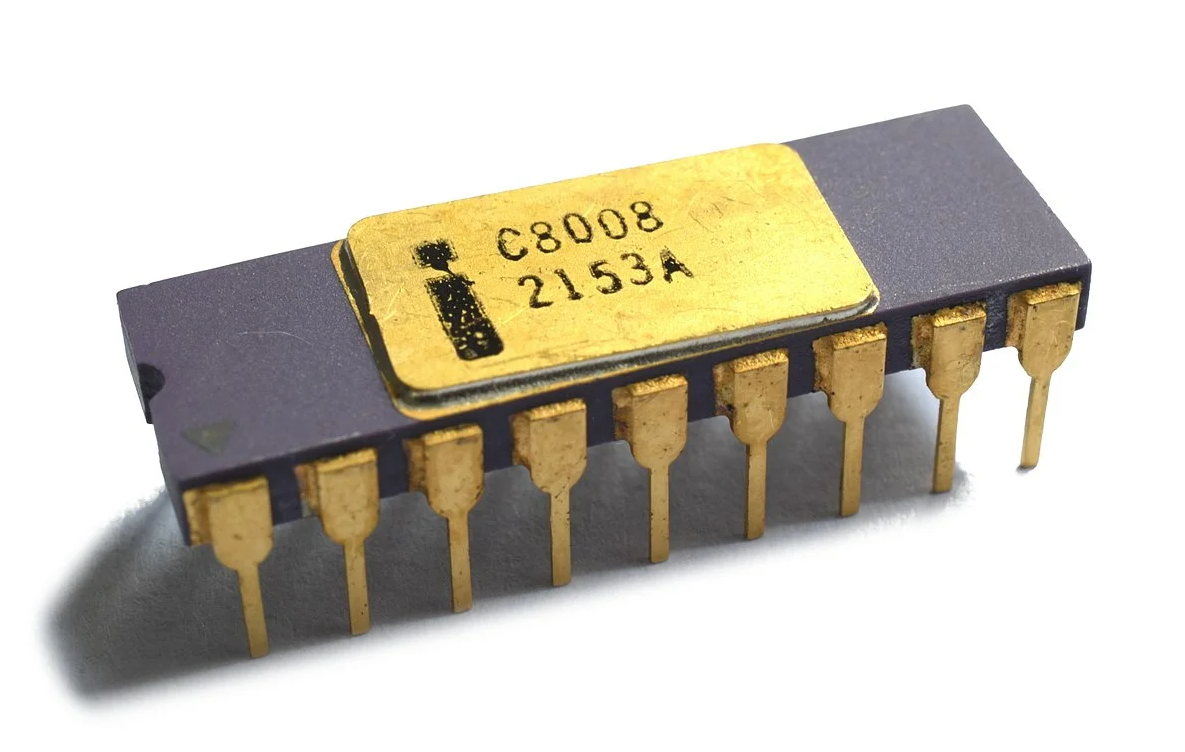
In the same 1972, Roche, Ray and Frassanito were granted Patent # 224,415 for the creation of Datapoint 2200. In fact, this makes them the creators of the world's first PC.
In 1974, Intel released the 8080 chip, based on the same architecture as the 8008. CTC engineers shared their expertise with Intel on the Datapoint 2200 II. The new 40-pin package has reduced the number of auxiliary chips.
The processors that followed the 8080 "founded" the x86 dynasty, and finally approved them on the throne of the 1981 IBM PC. Thus, any modern personal computer can be considered a descendant of the Datapoint 2200.
“I look at modern PCs and see the ghost of that very first machine in them. It lurks inside, amid a slew of new gizmos and new registers. ”- Victor D. Poor, former CTC CEO.
Intel has made billions of dollars from its x86 line. As for CTC, it was renamed Datapoint at the end of 1972. Some of the engineers who worked on the Datapoint 2200 were later involved in the creation of the first commercial LAN, ARCnet (1977). By the 1980s, Datapoint had fallen into disrepair. Like many other minicomputer companies, it has been unable to compete with cheaper PC makers - ironically, the direct descendants of their brainchild. Datapoint was finally disbanded in 2000.
Roche died in a car accident in 1975, Ray died in 1987 and Noyce died in 1990. Frassanito left Datapoint and started his own firm in 1975.
And the Datapoint 2200 was never used as a replacement for the IBM 029.